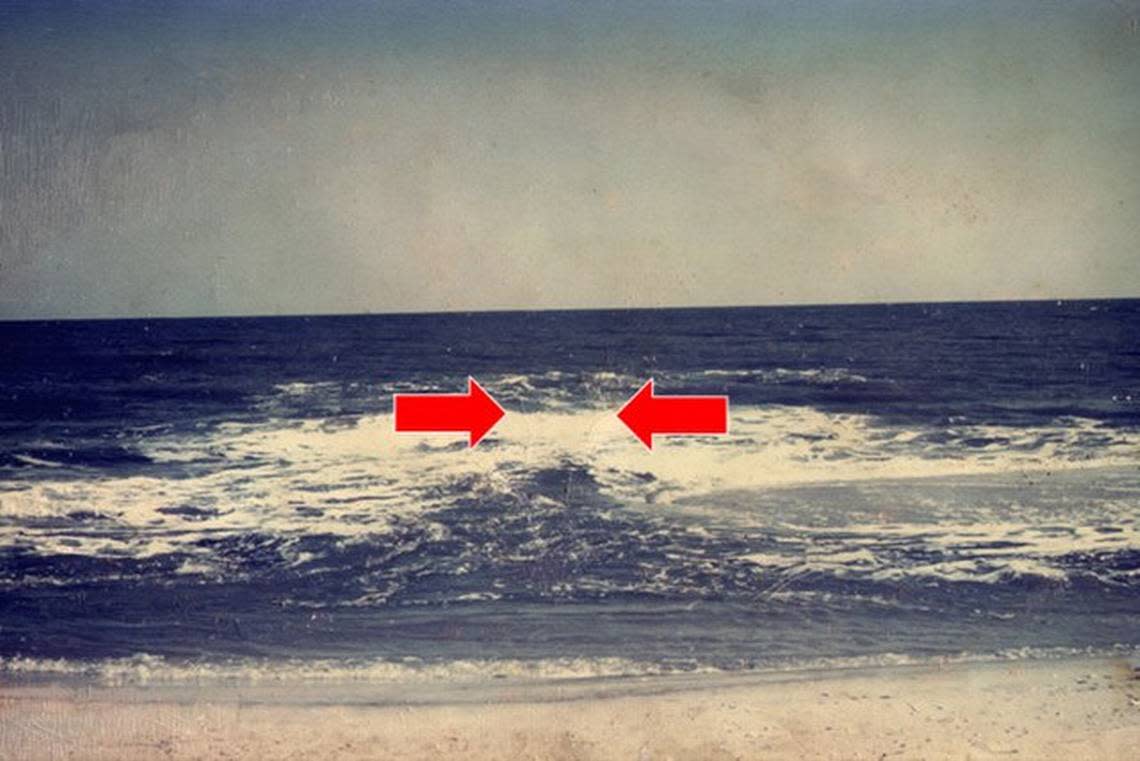Rip currents kill 8 people on average annually in the Carolinas. Here’s how to stay safe
With the tropics already stirring nearly three weeks into Atlantic hurricane season, the risk for strong rip currents has increased in the Southeast and local meteorologists warn that the channeled currents could be life-threatening in certain surf zones.
In the Lowcountry, Daufuskie, Fripp, Hilton Head and Hunting islands were under a moderate risk for rip currents Tuesday, according to the National Weather Service’s Charleston Office. But further south, at Georgia’s well-known Tybee Island, near the South Carolina-Georgia state line, officials said because of the threat of strong surf, longshore currents and rip currents, only knee-deep wading was allowed into Wednesday.
On Monday, NWS Charleston Meteorologist Steven Taylor said the enhanced risk for rip currents will continue into next week.
Rip currents are forceful currents of water flowing away from shore at surf beaches and usually extend from near the shoreline, through the surf zone and past the line of breaking waves, the National Oceanic and Atmospheric Administration said.

When under certain conditions, the currents reach dangerous speeds and pose a threat to swimmers if they’re pulled offshore and unable to keep themselves afloat.
In the United States, lifeguards rescue tens of thousands of people from rip currents every year and about 100 people are killed by them, according to NOAA. On average, in the past two decades, about eight people drown in rip currents annually in the Carolinas.
The best practice when there’s moderate-to-high risks for rip currents at the beach? Heed local alerts and pay attention to beach flags posted that warn of beach conditions.
Spot a rip current
Rip currents usually form at low spots or breaks in sandbars, NOAA said. They’re also found near structures like groins, jetties and piers.
Fripp Island Sea Rescue Skipper Eric Roberts previously told The Island Packet that rip currents are typically caused by cross currents at the beach.
“It creates a condition where the water is pushed out in a narrow channel,” Roberts said. “(The water) swoops in from both sides and rushes down the channel and that’s technically a riptide.”

What if you’re caught in a rip current?
To start: Don’t panic.
Relax and do not try and swim against the rip current. Swimmers should work to swim parallel to the beach, perpendicular to the current in either direction.
If a person can’t escape, float or tread water and wave for help. The international symbol for distress is both arms above your head, making an “X” with your arms over and over.






